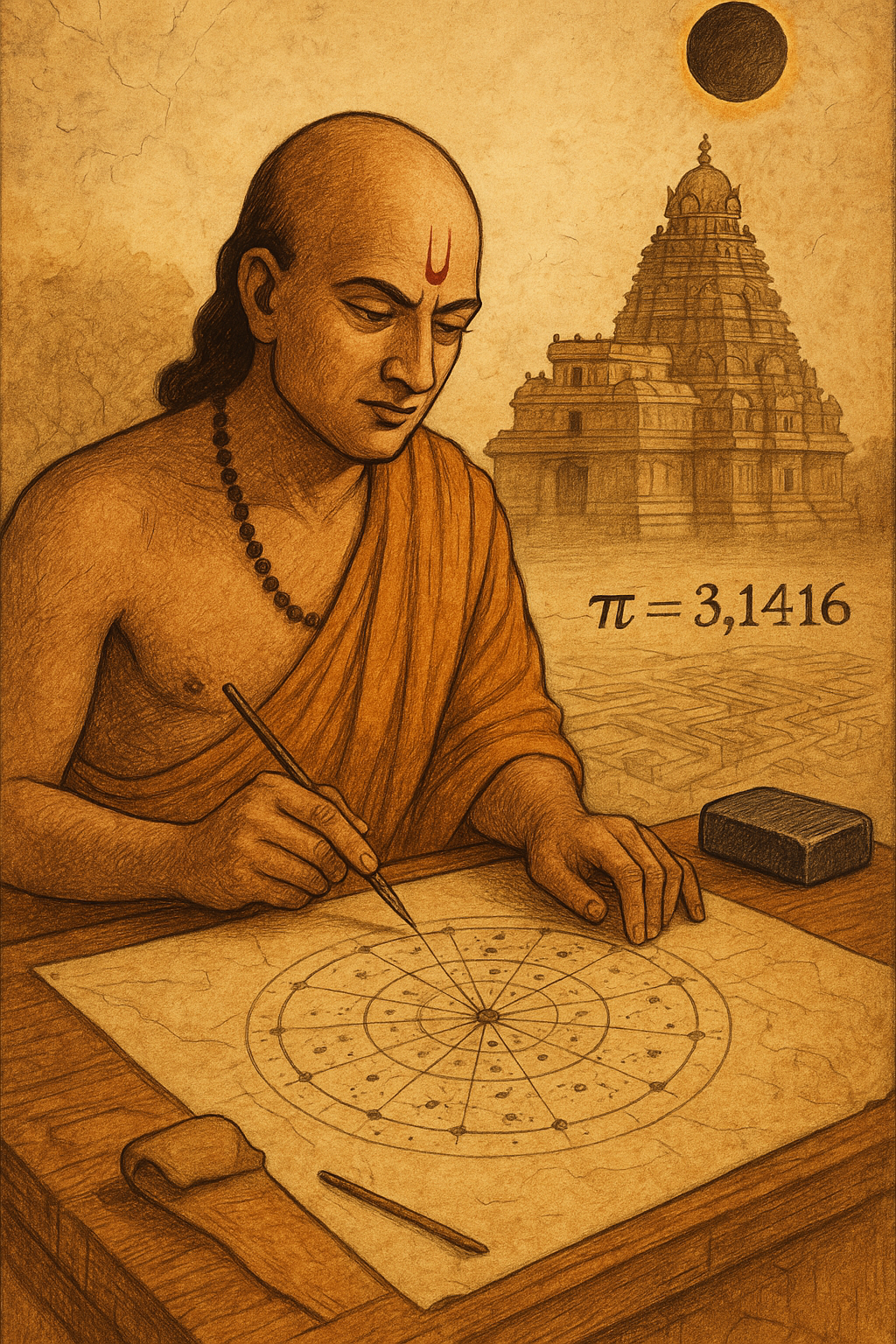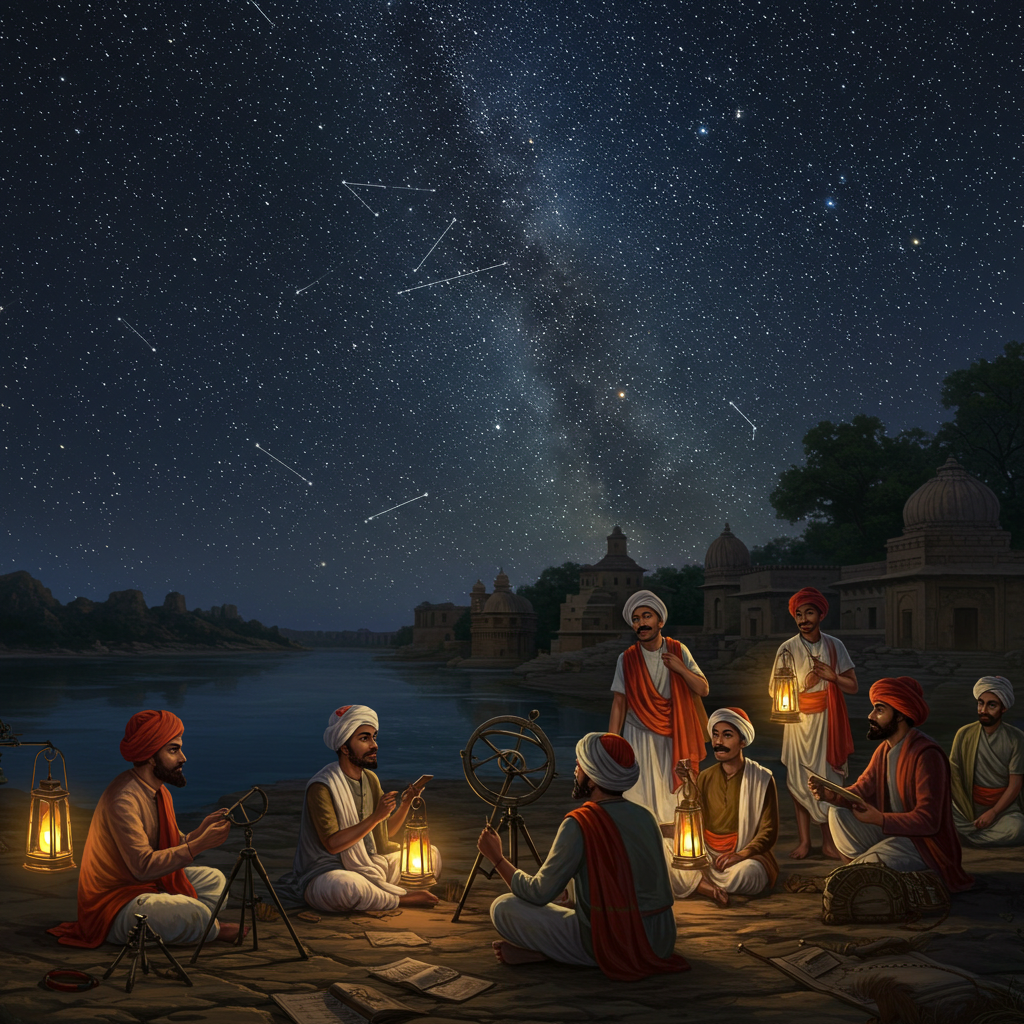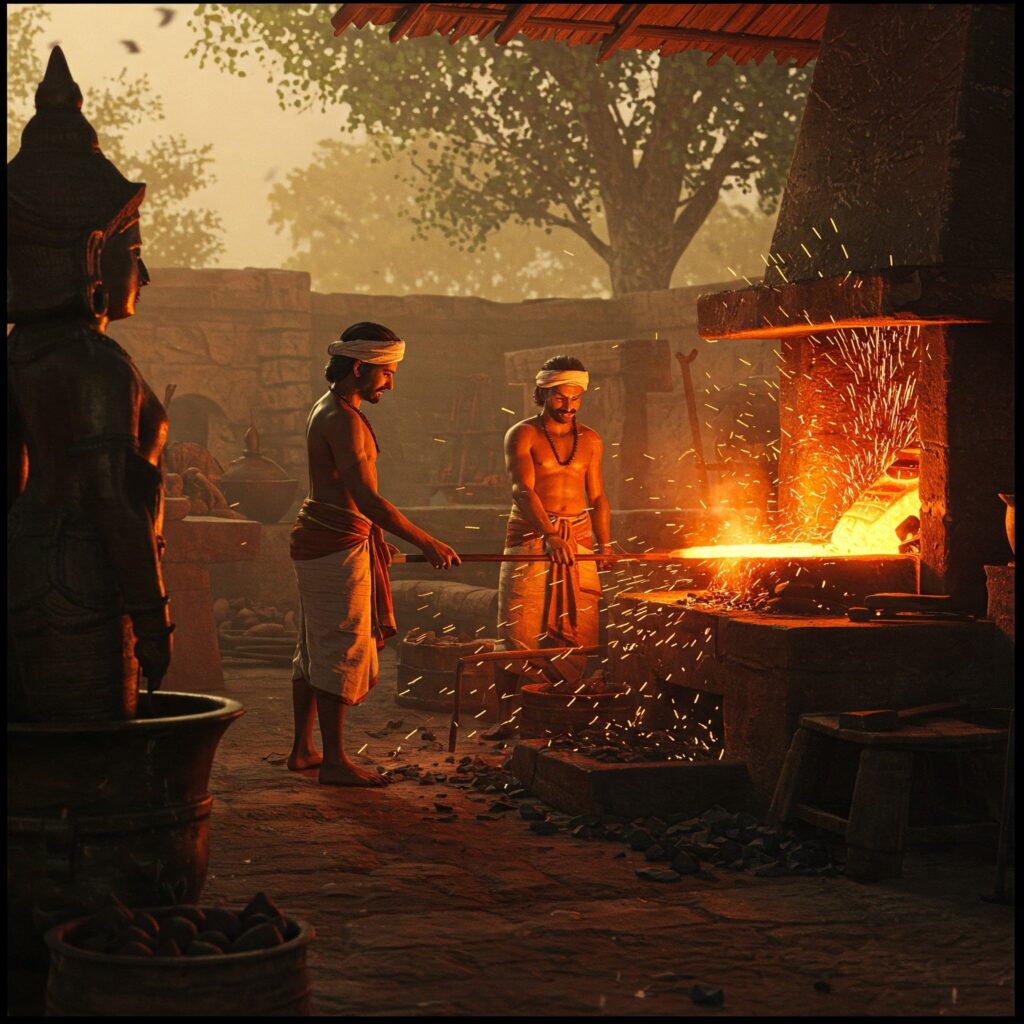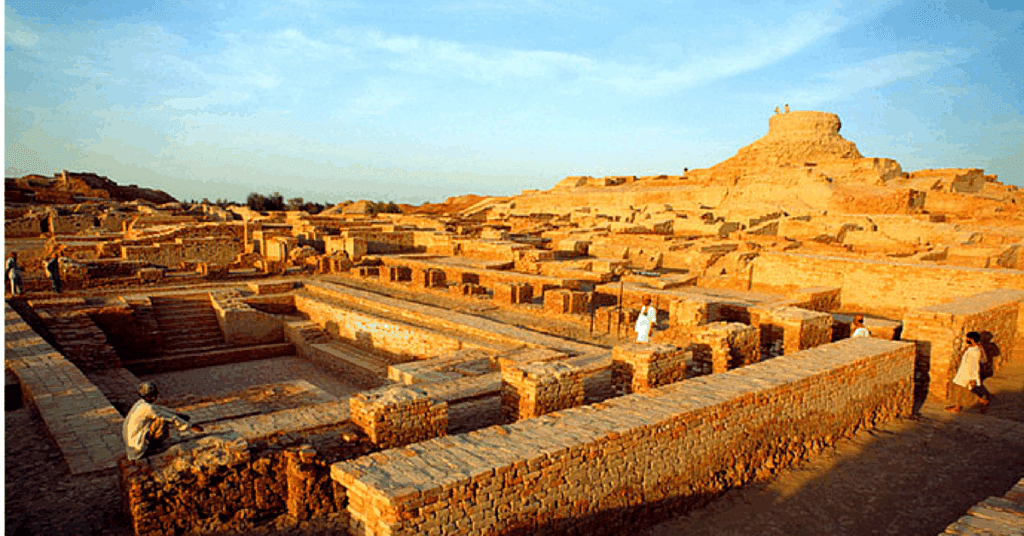Science in Ancient India: Rediscovering a Timeless Heritage of Innovations

Imagine going back 2,000 years to see scholars, artisans, and healers creating something amazing. Ancient India was not just a place for philosophy or spirituality. It was a place of great innovation. Here, people made big discoveries in math, astronomy, and medicine. They even planned cities in new ways. This all happened in places where people shared knowledge and debated ideas under the sky.
In ancient India, people wanted to understand nature. They found out about zero, which helped with math. They also planned cities in ways that were ahead of their time. Students in ancient India learned a lot, including philosophy and science. They learned by doing, not just by memorizing. This way of learning helped them make new discoveries.
Many of these discoveries are important today. The decimal system, Ayurveda, and ancient water techniques are all used now. They show how ancient Indian science is important today.
Let’s explore six key areas of ancient Indian science together. We’ll see how they made discoveries in astronomy, metallurgy, and more. Each area shows how ancient Indian science is inspiring new discoveries today.
The Science of Stars: Astronomy in Ancient India

Imagine the night sky on the banks of the Narmada or Ganges. Scholars gathered, and the sky was full of stars. They made amazing calculations without telescopes. Aryabhata amazed everyone by figuring out Earth’s size in the 5th century CE. He said Earth rotates on its axis long before Europe knew. His work helped with navigation and computer graphics today.
Astronomy in ancient India was not just for scholars. Kings and merchants used it to plan important events. They built observatories to watch the sky and record data. They also made special instruments like water clocks and astrolabes. These tools helped them understand the sky better. They showed how ancient Indian science was both practical and theoretical.
Today, we are amazed by their work. By looking at ancient Indian astronomy, we learn about their methods. We see how they mapped the sky with simple tools and a lot of curiosity.
Metallurgy: Crafting Steel That Shaped Empires

Imagine stepping into a forge where heat and sparks fill the air. Ancient Indian metallurgists turned raw ore into advanced materials. They created wootz steel, known for its strength and unique pattern. Smiths in Tamilakam started making wootz steel in the 3rd century BCE. They melted iron with charcoal in clay pots. This made ingots that were sent to Persia and beyond.
In Delhi, there’s a remarkable Iron Pillar. It’s over six tons and has stood for centuries. Its iron, forged and maintained with care, resists corrosion. The wootz steel trade sparked cultural exchanges and innovation. Arab blacksmiths made Damascus steel blades from wootz ingots. These blades were sharp and light, showing the power of wootz steel.
Metallurgy was more than making weapons. The Chola period’s bronze sculptures show skill in alloy making. Metal water wheels and temple beams also show ancient Indian ingenuity. These ancient processes are now guiding modern materials science. They help make better alloys for aerospace and medicine. This shows how science in ancient India is key to today’s innovations.
Medicine and Surgery: A Tradition of Healing
Picture a courtyard with neem and banyan trees, where patients and doctors meet. This was where ancient Indian healing happened. The Charaka Saṃhitā and the Sushruta Saṃhitā were key texts for medicine and surgery.Charaka wrote about the three doshas and how to keep them balanced. He suggested diets and herbal remedies for health. His approach to medicine is valued today for focusing on the root cause of problems.
Sushruta introduced many surgical techniques and tools around 600 BCE. He even described rhinoplasty, a nose rebuilding surgery. His work on antiseptic care and post-operative care was ahead of its time. Treatments went beyond surgery. Panchakarma therapies aimed to detoxify the body. Herbal compounds and mineral preparations were used for their healing properties.
Universities like Takshashila and Nalanda were centers of medical learning. Students came from all over Asia. Today, researchers study ancient texts to validate herbal remedies and surgical techniques. This shows how ancient Indian science is relevant in modern healthcare.
Urban Engineering: Cities That Breathed Life


Walking through Mohenjo-Daro and Harappa, you feel the past buzz of city life. These cities, alive from 2600 to 1900 BCE, were marvels of engineering and planning. They had homes linked to drainage, public baths, and wells, showing a focus on cleanliness and community. Their drainage system was a game-changer. It kept waste out of streets and homes, fighting disease. Public wells and stepwells gave people water, and rainwater systems helped during dry times. This smart water use helped grow food, feeding more people.
Indus Valley architects were also masters of brick-making and measurement. They built strong, earthquake-resistant homes and big buildings like the Great Bath. Their designs and materials inspired new ways to keep buildings dry. Later, the Mauryan period brought the Grand Trunk Road, a major route from Bengal to Afghanistan. It had rest stops, wells, and gardens, helping trade and culture. Stone bridges and lighthouses along the coast showed a focus on connecting places.
But it was more than just buildings. Markets, halls, and temples brought people together. Temples even aligned with stars, showing a deep connection between people and nature. This shows how science in ancient India helped communities live in harmony.
Mechanisms and Machines: Early Engineering Feats
Imagine temple doors opening with fire, or clocks marking time. These wonders mixed myth and science in ancient India. Engineers called these devices “yantras,” showing their creativity in simple and complex machines. In Kalidasa’s Malavikagnimitram, a bird chirps at dawn, and gates open automatically. This was not just a story. Archaeology and texts show ancient experiments with heat and water, leading to early thermostats and systems.
Water clocks, or ghatikas, measured time for rituals and meetings. The jyotpatti, like an astrolabe, helped predict the stars. These tools showed ancient India’s grasp of time and space. In workshops, craftsmen used basic mechanics for tools and machines. Bellows heated furnaces, and gears worked looms. Even irrigation wheels used levers, making farming easier.
Old texts like Yoga Vashistha and Vishwakarma Shilpa explored mechanics. They laid the groundwork for modern science. This shows how ancient India’s inventions came from deep thinking.
Today, we learn from these ancient ideas. They inspire new energy, systems, and farming methods. The legacy of ancient Indian innovation shows our creativity never ends.
Why Ancient Indian Science Matters
It’s easy to think ancient achievements are just old stories. But, ancient India’s science is more than that. It shows how different fields can work together. Astronomy helped build buildings, while metallurgy led to new medical tools. Hydraulics shaped how cities were designed. Today, we face big challenges like climate change and building sustainable cities. We need to mix ideas like ancient India did.
Ancient Indians valued observing and recording things carefully. They tracked eclipses and studied medicine. They also documented how to build things. This way of working is similar to how we do science today. It helps us understand how to do big projects and share knowledge openly.
They also focused on living sustainably and preventing problems. Ayurveda teaches us to eat for long-term health. They showed us how to use water wisely and make things that last. These ideas can help us create better, greener solutions today. By celebrating ancient India’s science, we boost our pride and show the world its importance. When students learn about these achievements, they feel more confident in science and research. UNESCO’s efforts to preserve and share this knowledge help keep ancient India’s legacy alive.
Looking back at ancient India’s science, we see a long journey of discovery. The story of science in ancient India encourages us to learn from the past. It inspires us to innovate in a way that respects nature and society.
